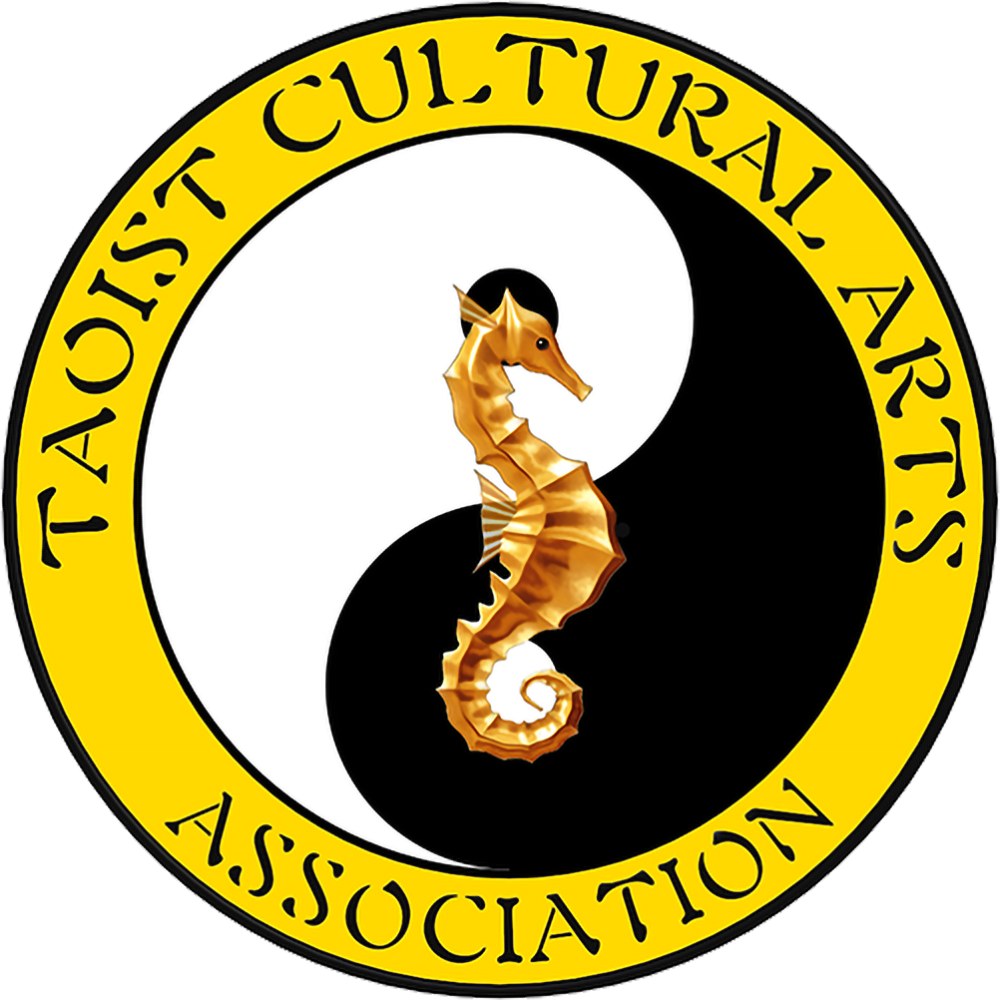Category: Tai Chi
-
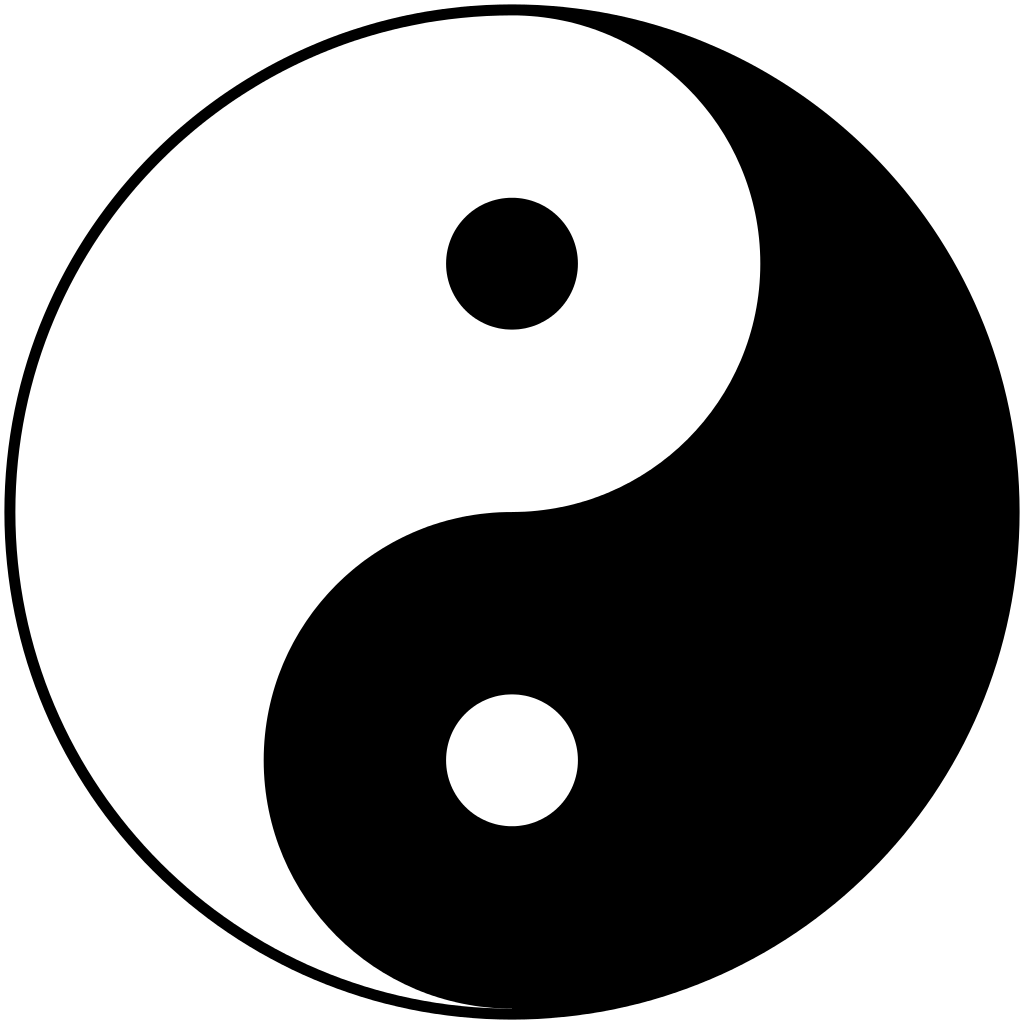
Tai Chi & Taoist philosophy
Tai Chi is much more than just a physical exercise. At its core, Tai Chi is a deeply philosophical practice that seeks to harmonize body, mind, and spirit. The philosophy behind Tai Chi is rooted in Taoism, a Chinese philosophical tradition that dates back over 12,000 years. In this blog post, we will explore the…
-
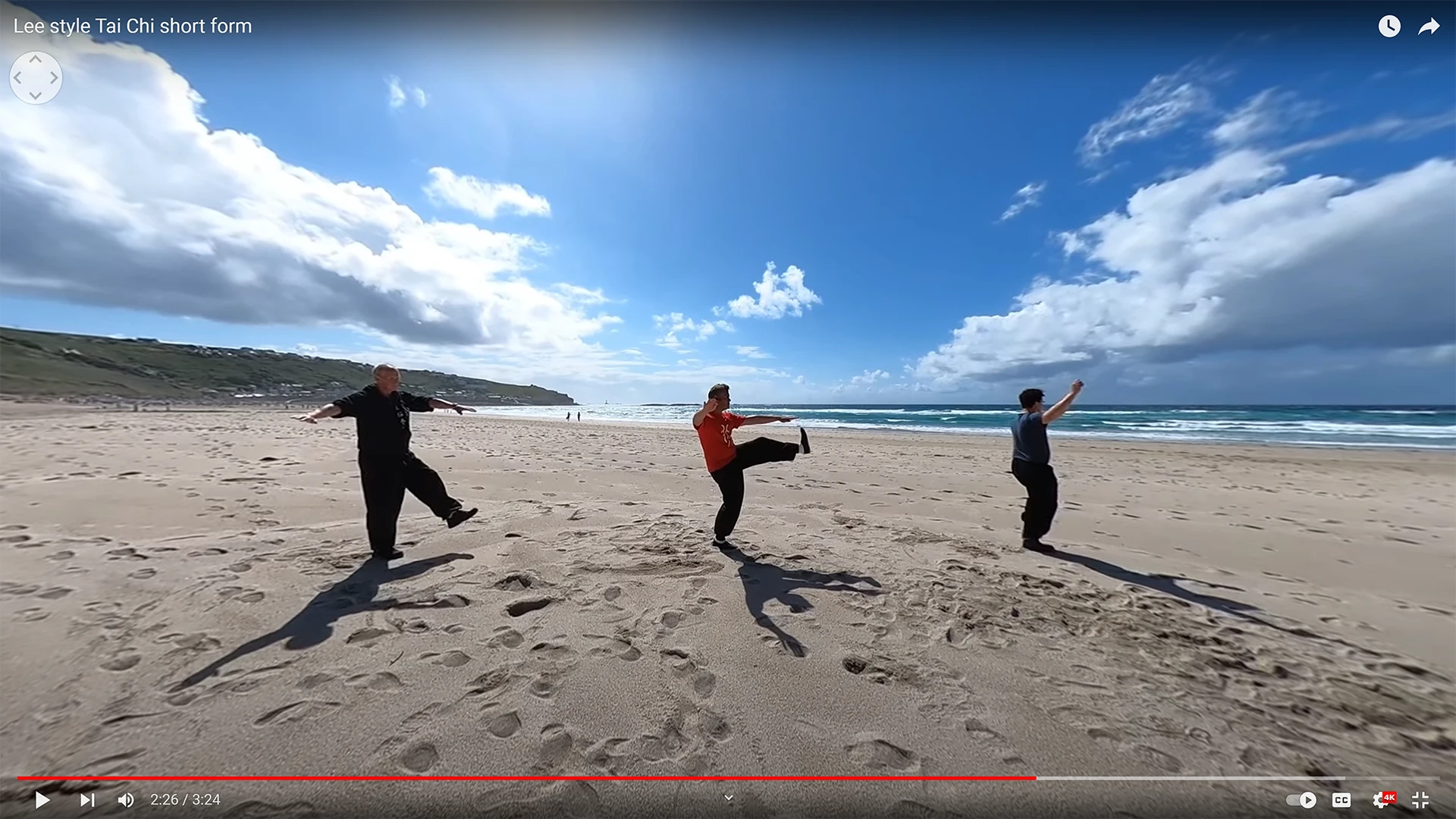
Tai Chi for stress reduction and relaxation
In recent years, Tai Chi has become an increasingly popular form of exercise worldwide, and for good reason. This ancient Chinese practice has been shown to have numerous health benefits, including stress reduction and relaxation. In this blog post, we will explore the science behind these benefits and provide references to peer-reviewed studies from reputable…
-
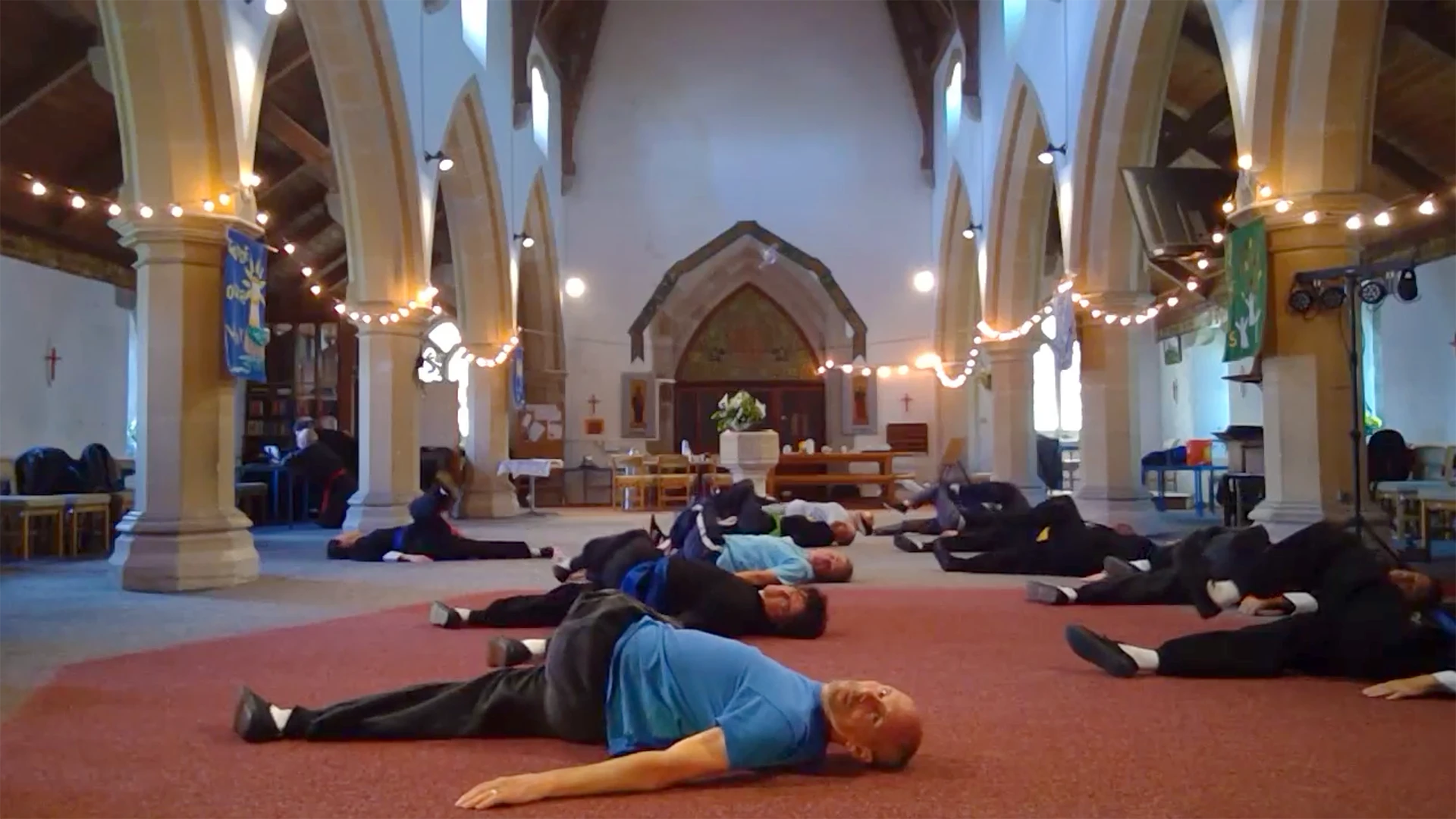
Kai Men qigong
Kai Men Qigong in Lee style Tai Chi Kai Men Qigong is a series of exercises in Lee style Tai Chi that emphasizes the principles of Qi, the vital life force in Chinese medicine. In this blog post, we’ll explore what Qi is, how it’s related to Chinese medical principles, why qigong is popular as…
-
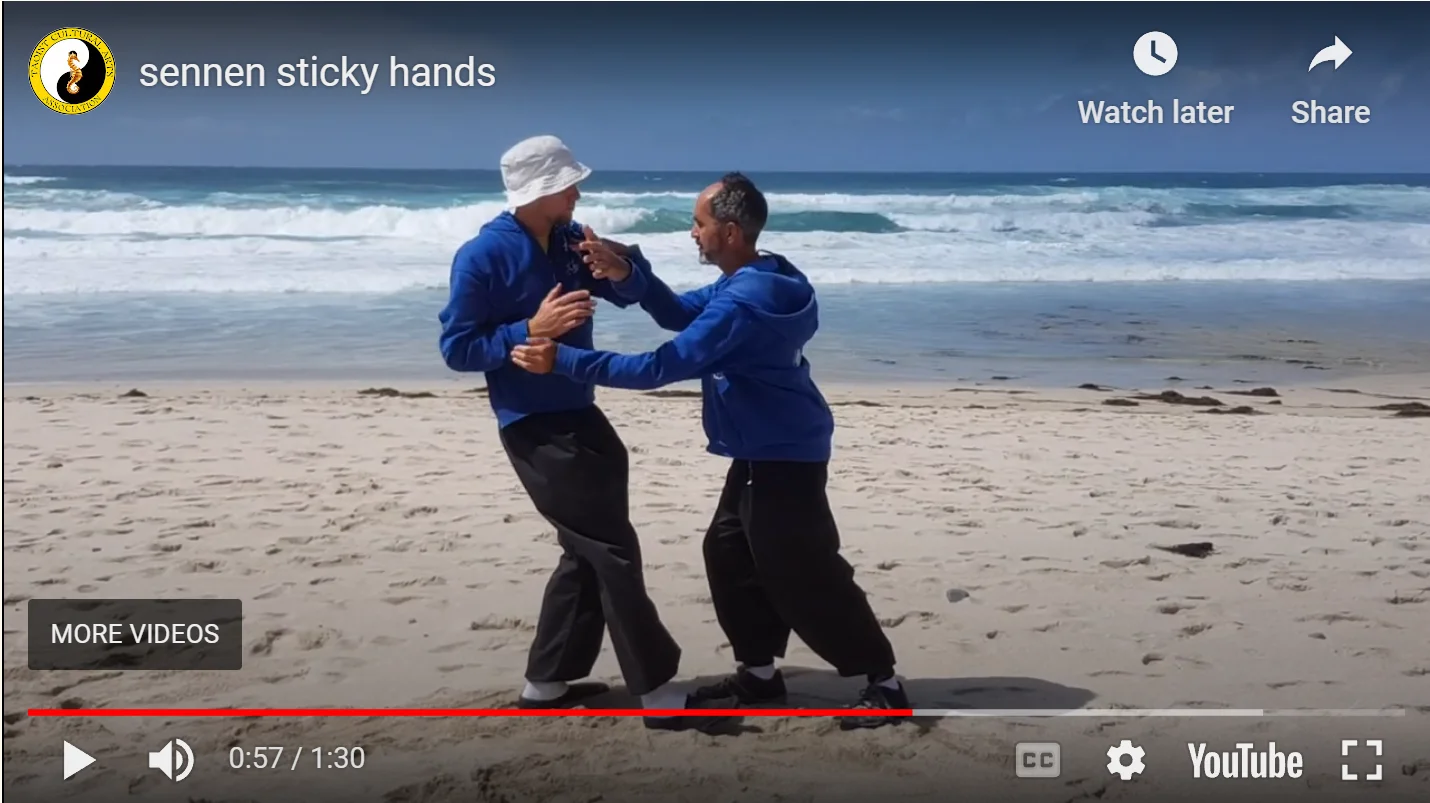
Sticky hands
Yīfù shǒu 依附手, also known as “Sticky Hands,” is a fundamental exercise in Lee Style Tai Chi that is taught to beginners as a way to introduce them to the principles of Tai Chi and to prepare them for more advanced techniques. While some may see Sticky Hands as a simple exercise, it is actually…
-
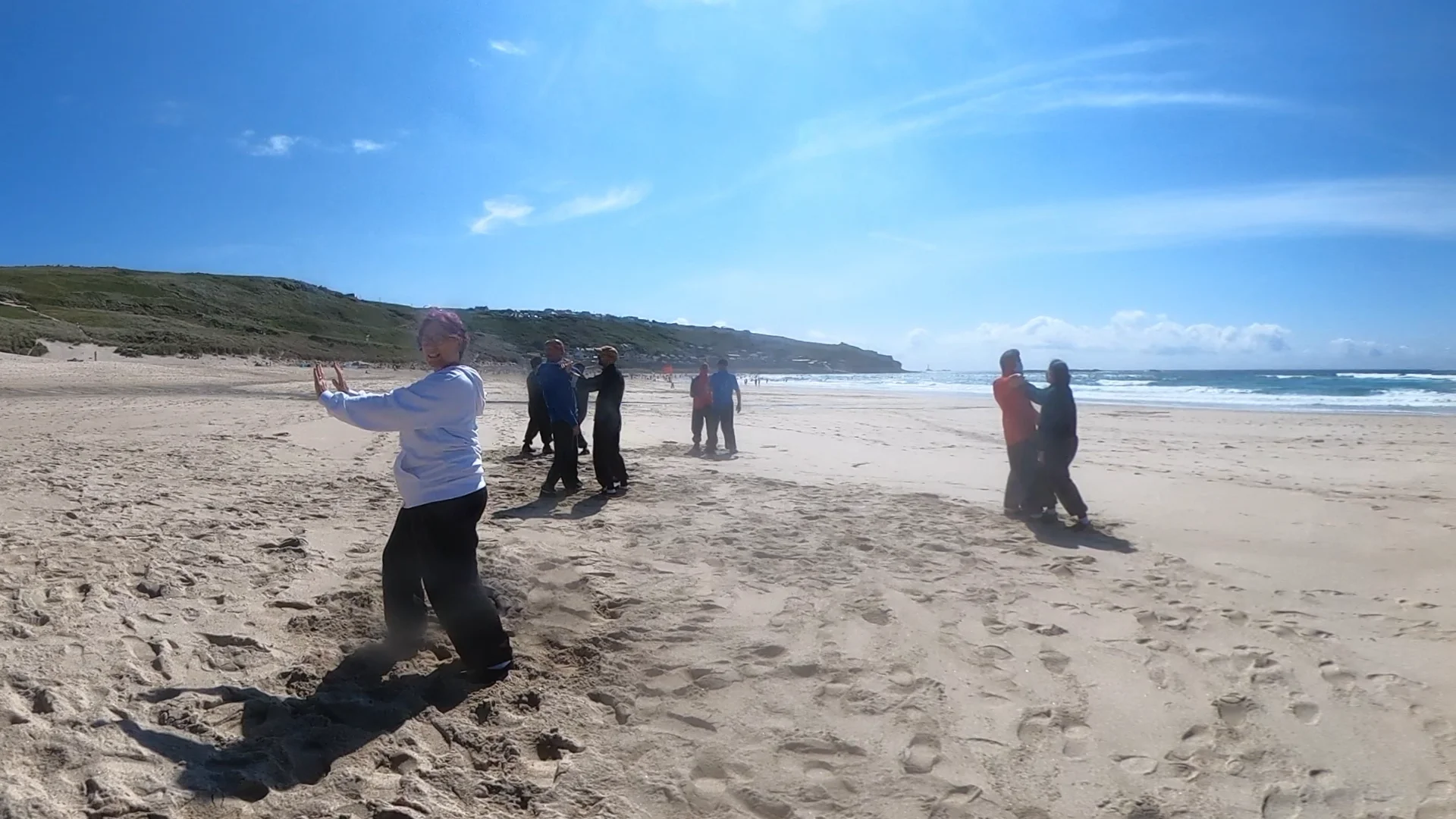
What is Tai Chi?
Tai Chi is a martial art and exercise form that originated in ancient China. Its practice has been gaining popularity around the world in recent years due to its many health benefits. In this blog post, we will explore what Tai Chi is, how it works, and what the benefits of learning Tai Chi are.

